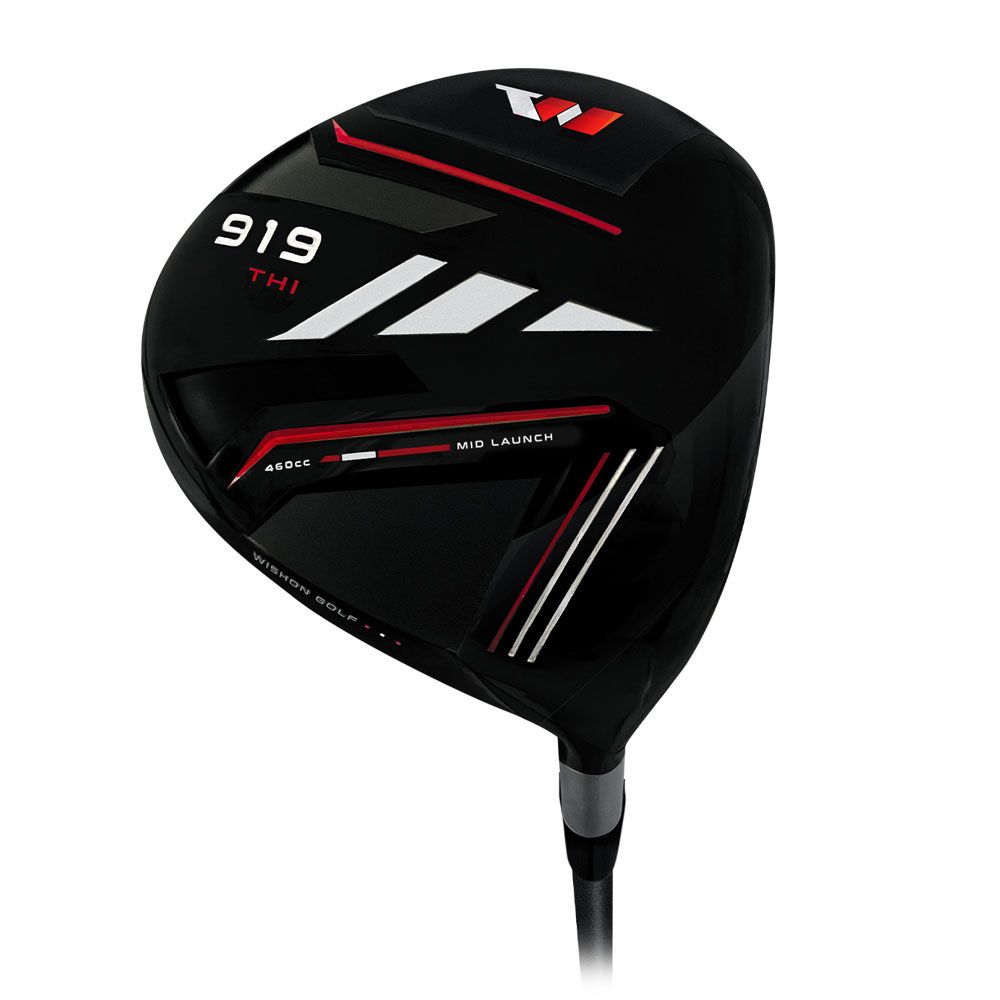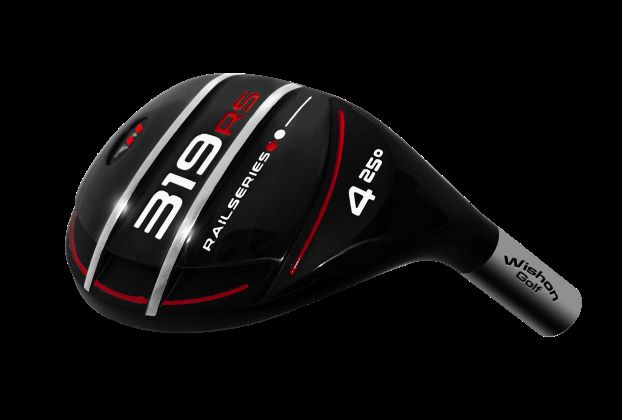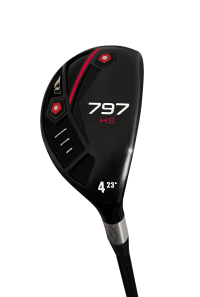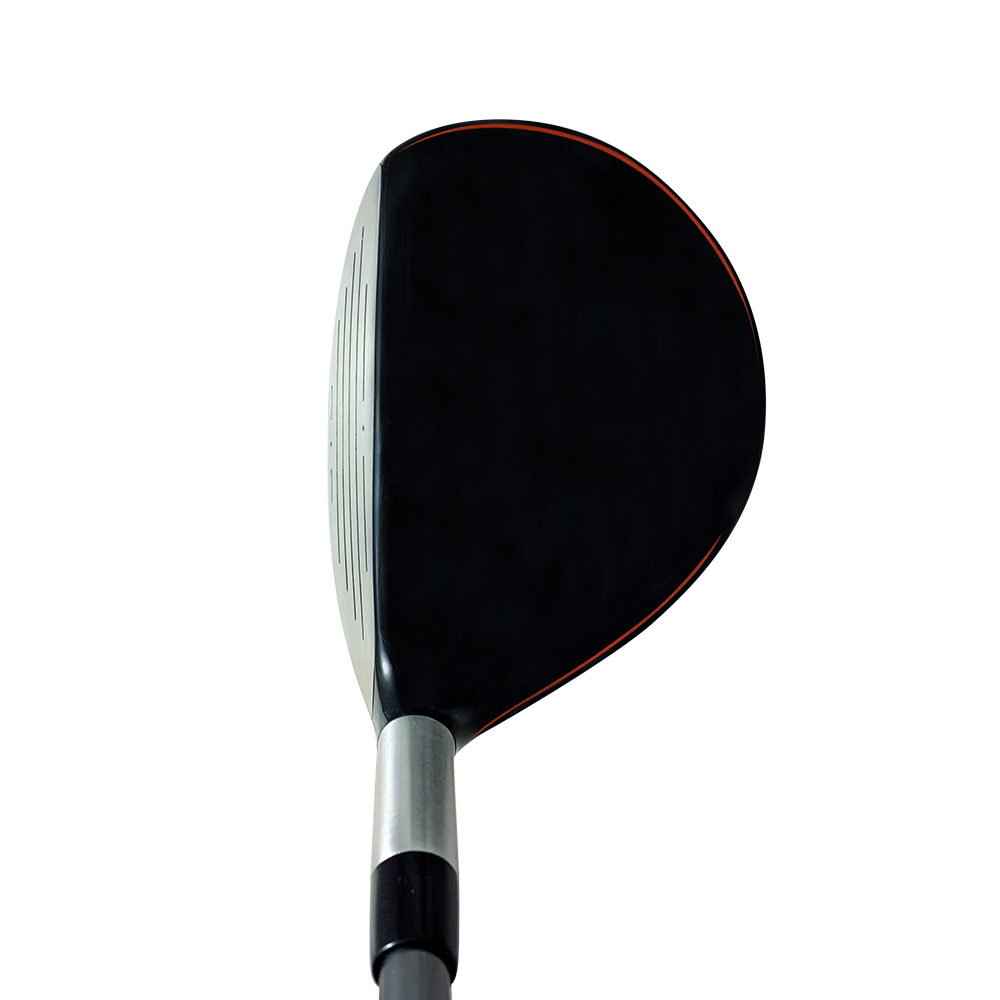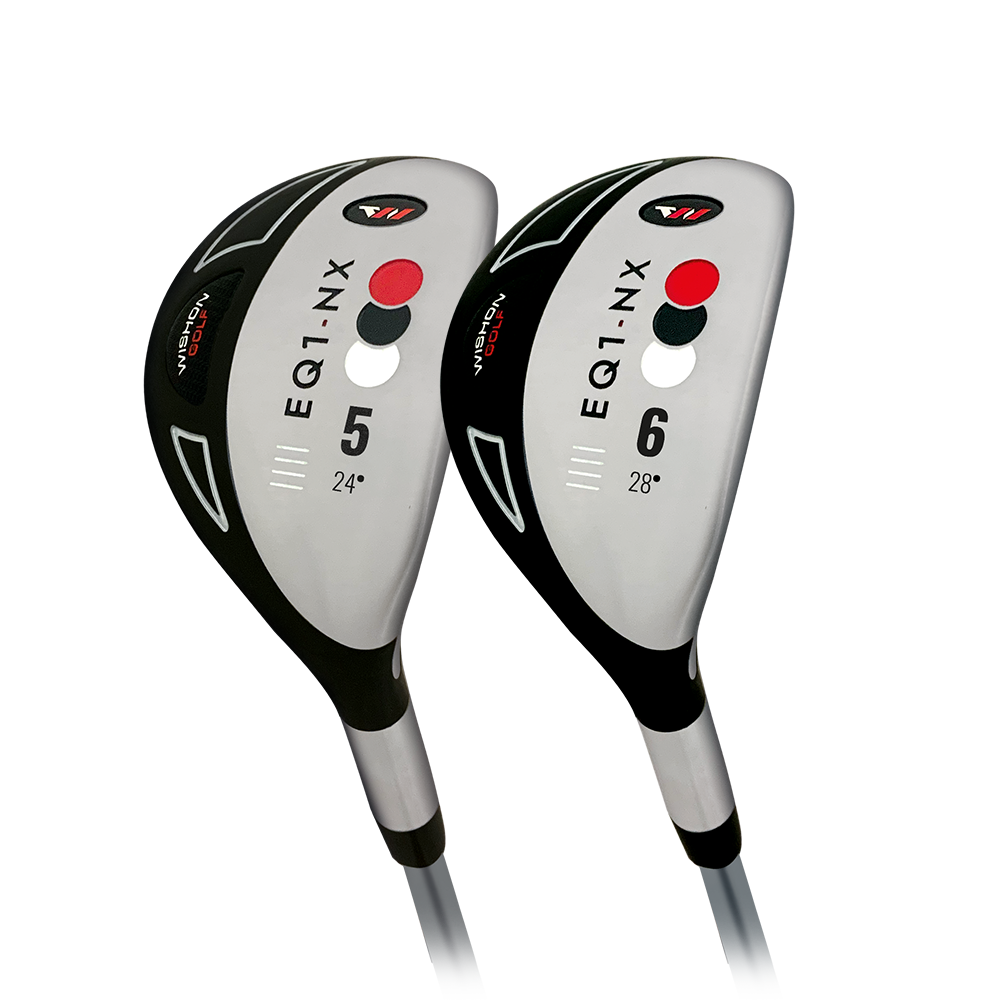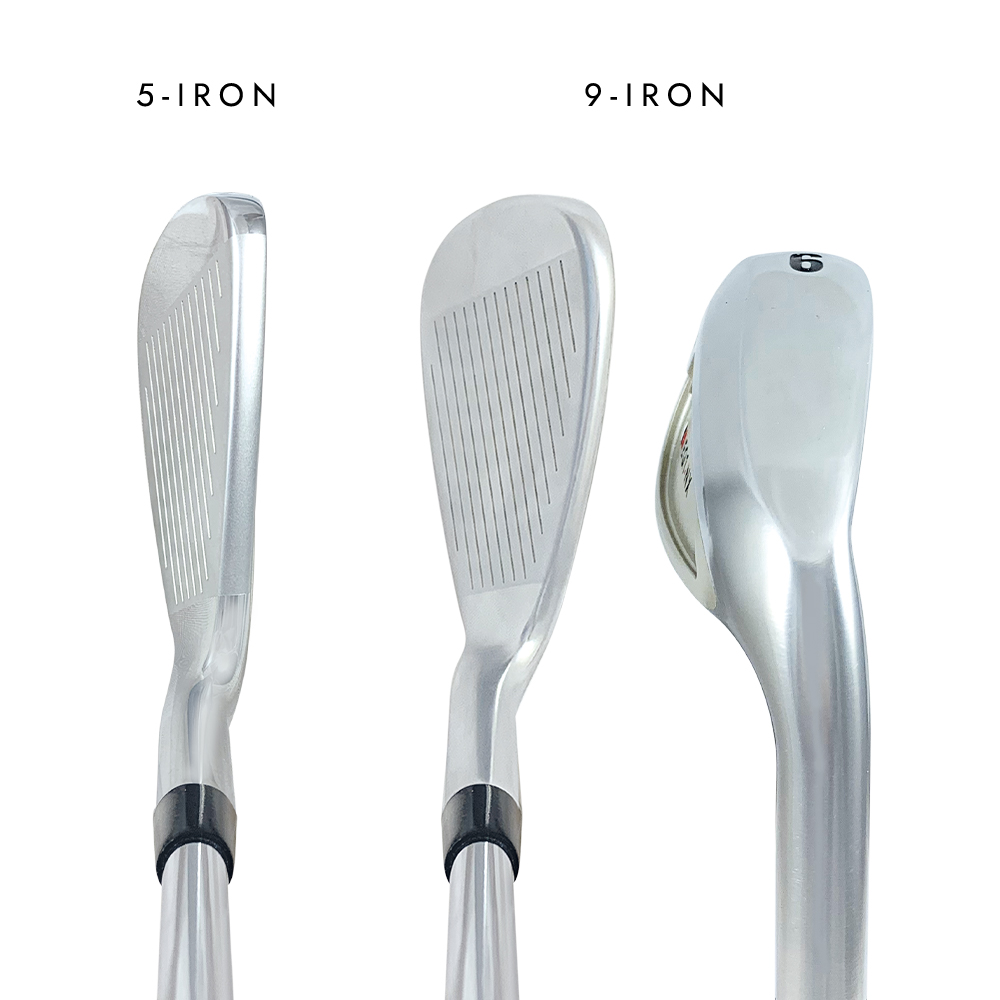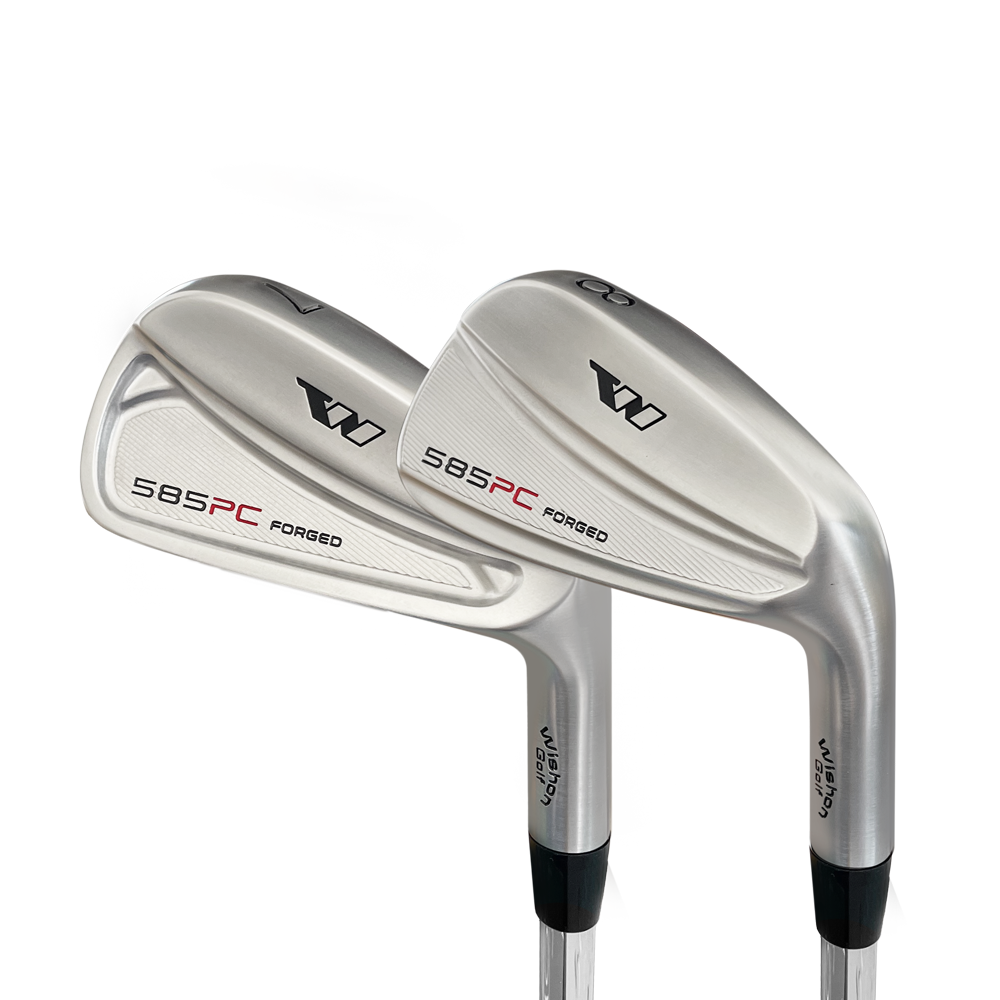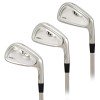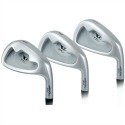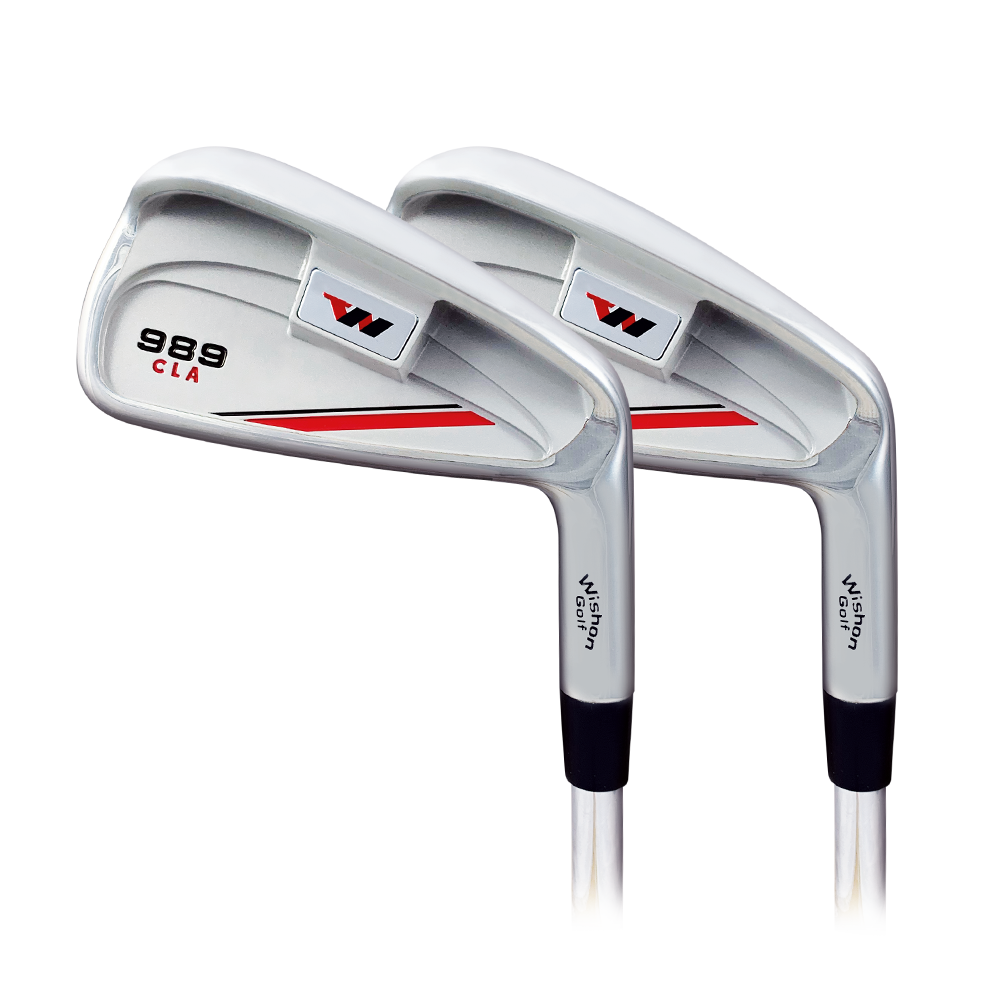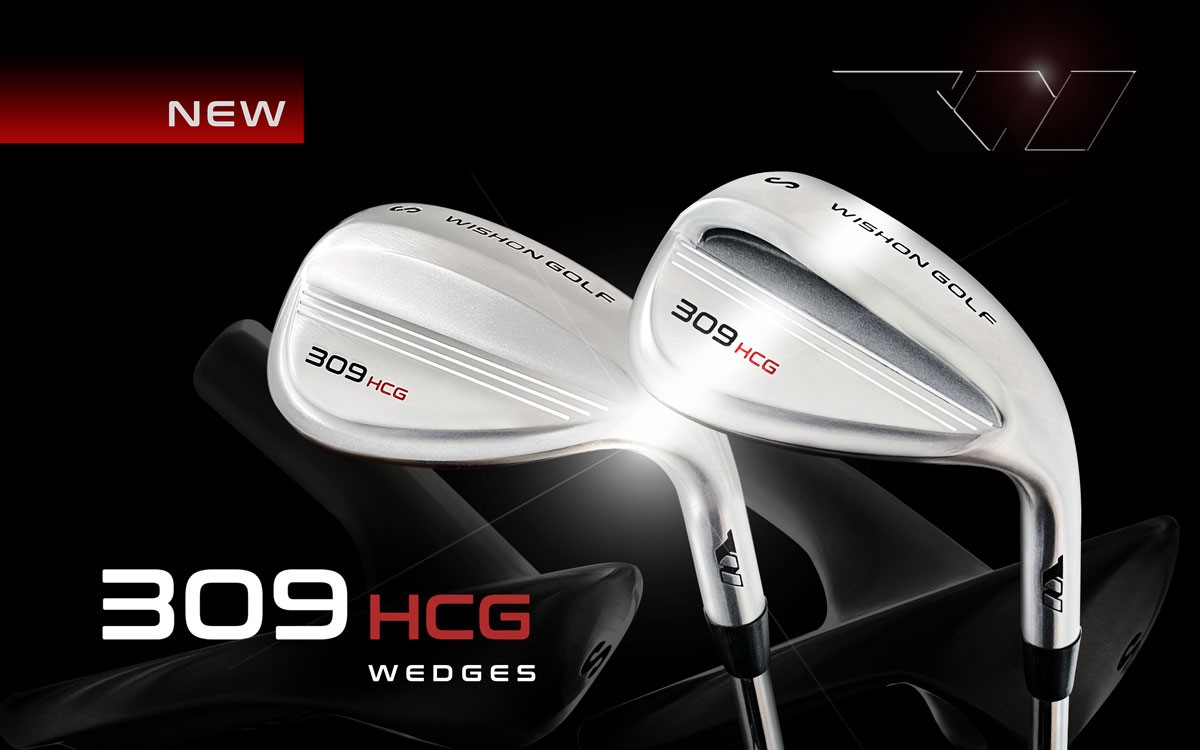DRIVER SHAFT:
THE ENGINES OF THE GOLF CLUB
At golfclub-technology.com we use the True Temper Project X series, and the full line of Accra graphite shafts, and the UST Proforce V2 in our custom fit drivers.
Why look at your driver shaft?
A lot of people get very concerned about what make and model of driver they should be using. But perhaps the most important piece of equipment is that oft-overlooked bit between the grip and the head -- the driver shaft.
Technically the shaft is 85% of the club. The shaft is the only way energy can be transferred from the golfer to the business end of the club, the club head.
Have a look at how shafts evolved, how they are made, and our recommended graphite shafts, especially for your driver shaft.
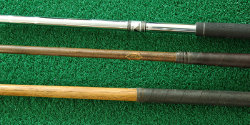
The shaft used to be a stick of hickory that was turned in a lathe, shaved and sanded down by hand. This allowed the driver shaft to be custom-made exactly how the golfer or the club maker wanted them. With the advent of steel shafts (approved by the USGA in 1924 and eventually approved by the R&A seven years later), mass production took over and the days of modifying custom shafts were over.
The good news is that quality control is so good nowadays, that there aren’t many bad shafts any more, but there are hundreds of different varieties.</p>
Inevitably, there has been a lot of experimentation with different materials for shafts besides steel. The first graphite driver shaft produced was made up of a thin steel tube wrapped with a layer of fiberglass, but in the early 1960’s, a complete fiber glass shaft was produced. These shafts were really strong, but too heavy, and they didn’t have good torsion properties. Along came aluminum shafts that were much lighter – this was supposed to be a revolution in golf, the hottest new thing. Suffice to say, aluminum shafts only lasted a few years.
Union Carbide had been providing graphite fibers – 50 of them bundled together make up a strand the size of a human hair – for use by NASA, which had started to use graphite in the space industry, and for use in pressure vessels, and structural sections of aircraft. Union Carbide wanted to introduce graphite to a consumer market, and considering it’s strength and lightness – it’s 14 times stronger than steel of the same weight – golf club driver shafts seemed like a good bet. The technique was to wrap epoxy impregnated bundles of fibers onto a thin steel rod. This was in turn wrapped with a cellophane sheath and then hung in an oven to cure and set. When the epoxy set, the central steel rod (mandrel) was withdrawn, leaving a hollow shaft made of graphite fibers and epoxy.
The first graphite shafts, in 1968, officially debuted at the 1970 PGA Merchandise Show. Due to some technicalities regarding time between disclosure and filing, the patent wasn’t granted, which means that now anyone is free to make graphite shafts.
What are the benefits of graphite? It’s much lighter than steel – the shaft is just over two ounces, about half the weight of a steel shaft. That means it may be possible to swing the club a little faster with the same energy, and thus one may be able to gain about five yards of distance on average. There are other claims for graphite – which it allows you to “feel” the club head more, for example, or that is easier on your joints, reducing the risk of golfers’ elbow – which may or not be true. The only downside is that it’s still expensive. Titanium was tried as a substitute for steel and graphite, but never took hold. It weighed more than graphite but less than steel but was very expensive.
Is graphite the end of the line as far as shaft material is concerned? It might be. Other hybrids were used mixing graphite with Kevlar, boron, or steel fibers, but we believe no other material offers the combination of lightness and strength that graphite has. Stay tuned.
The link below will explain what to look for when choosing the right shaft for your golf club, in particular, your driver. But, one of the key point’s, is that the shaft you are getting in that $500.00 O.E.M. driver is worth about what a good cup of coffee costs. Read on for the truth in graphite driver shafts.
At golfclub-technology.com we use the True Temper series, and the full line of Accra graphite shafts in our custom fit drivers.
How is that Graphite Shaft made?
The Three most common ways graphite shafts are made.
